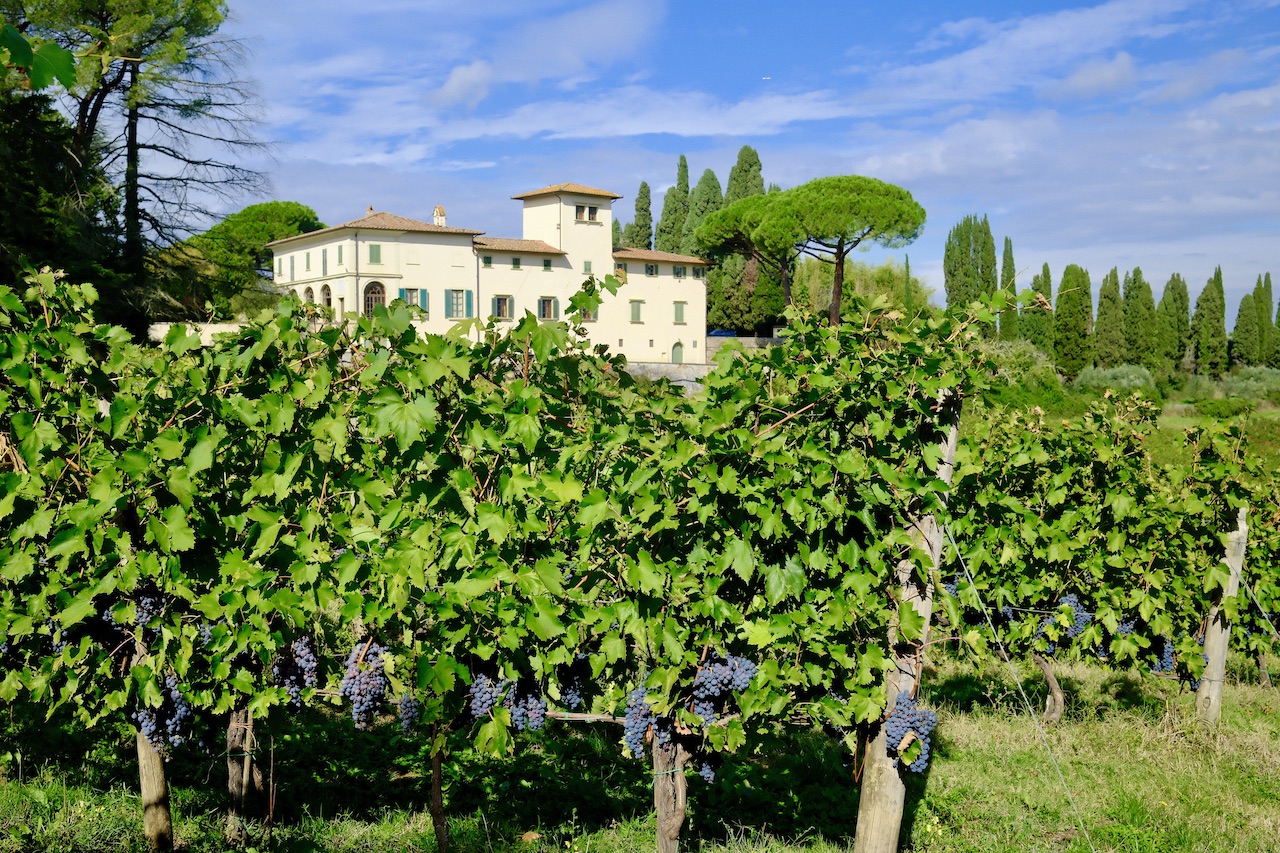Wine tours in Tuscany - About Angie - +39 3333185705 - angie.chianti@gmail.com
On our Tuscany wine tours, we’re often asked for tips on how to read an Italian wine label. And with good reason! Italian wine labels can be confusing because every winemaker has a different approach.
Whether it gives you a name of the wine region, like Chianti, or a grape variety, the label says a lot about the wine inside the bottle.
Need help sorting out the wine jargon? Here’s what to look for on an Italian wine label.
What type of wine is it?
Watch for these clues on the label to learn more about the wine type:
Wine region:
Many wines are identified by region or subregion. For example, a wine labeled as “Chianti” in Tuscany will contain a minimum of 70 per cent Sangiovese grapes. If it says “Chianti Classico” on the bottle, you know it comes from the most historical part of the region. These wines contain 80 per cent Sangiovese with tasting notes of sour cherries, leather, herbs and oak. Wines made in the Chianti Classico region are held to higher standards, resulting in better quality.
Also, you may see words that indicate how long a Chianti has been aged, such as Chianti Superiore (3 years) or Chianti Riserva (2 years).
Grape variety:
The characteristics of the wine can also be identified by the type of grape used to make it. As an example, this wine from the Vallone di Cecione farm is labeled “Malvasia Nera”. This grape gives the wine an intense ruby color and aromas of ripe fruit and black pepper.
Brand name:
On occasion, some winemakers invent their own brand names or use the winery name on the wine label. If you’re not familiar with the name, you may have to look for other clues about the wine type.
Italian Wine Classifications
We have many rules about winemaking in Italy. On the label, you’ll see one of four different classifications for wine:
DOCG (Denominazione di Origine Controllata e Garantita) is the highest quality classification. It involves strict rules about the production of the wine, including the grape varieties allowed. DOCG wines must pass official taste tests.
DOC (Denominazione di Origine Controllata) is the main tier of Italian wines, with specific requirements in each region.
IGT (Indicazione Geografica Tipica) allows greater freedom for winemakers to develop their own blends. Many Super Tuscans have this classification.
VdT (Vino da Tavola) or “table wines” is the lowest level classification. Wines in this category don’t show the region or grapes used on the label.
There is much more information on a wine label. The producer’s name is usually prominent, combined with terms like Tenuta (estate), Castello (castle) or Azienda (company). The year of production is important since some years are better than others. It will also show the percentage of alcohol content.
Finally, don’t forget to check the back label. It often tells you more about the wine and the vineyard that made it and even the best dishes to pair with it.
Join us on one of our wine tasting tours from Florence and we’d be happy to answer more questions about wine labels. But mostly, we’ll be enjoying the wine itself.





